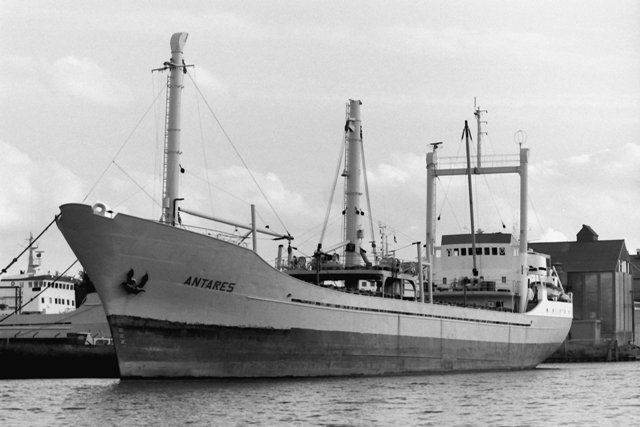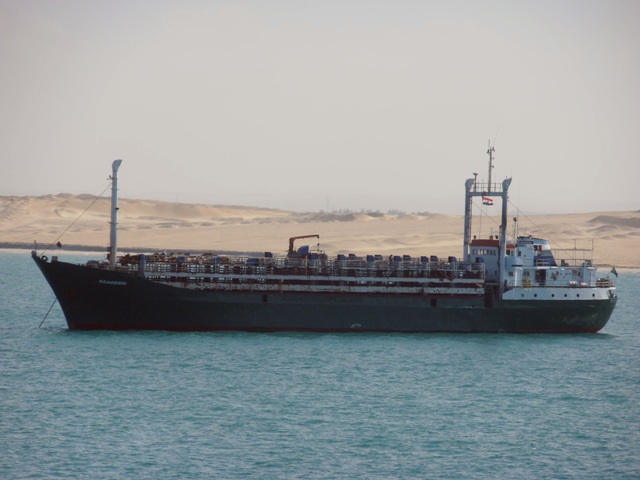The worse has happened. The smugglers used a livestock carrier to transport men, women and children. The Ezadeen was expected at the port of Sète (France), the leading European port for the export of livestock. Sète came near to import surviving human beings. Like the Blue Sky M and the East Sea, the Ezadeen is an old hull, she is 49 years of age and maritime inspectors in the Mediterranean and the Black Sea have pointed out 204 deficiencies from 2007 to 2014. Initially built as a general cargo carrier, she was converted to livestock carrier in 2010. Her call papers show she is a regular visitor to the port of Beirut and to the Syrian port of Tartous.
The European livestock industry must stop using substandard ships flying cursed flags such as Moldova, Sierra Leone and Tonga and owned by Lebanese companies for its Mediterranean and Atlantic trade. Robin des Bois has feared for a long time this form of transport to be diverted for refugee trafficking. It has now been done.

July 1982, Antares, Netherlands © Frits Olinga |

March 2014, Ezadeen anchored in the Suez Canal © Andreas Schlatterer |
Ezadeen (ex-Joudi-S, ex-Al Haj Ossman, ex-Osman, ex-Antares, ex-Danesea, ex-Antares 1, ex-Tantzen). IMO 6614279. Length 73.6 m. Sierra Leone flag. Classification society International Register of Shipping. Built in 1966 in Bardenfleth (Germany) by Schurenstedt. Owned by Uni-Marine Management Co (Lebanon). Detained in 2002 in Novorossiysk (Russia), twice in 2004 in Constanta (Romania), in 2008 in Iskenderun (Turkey) and in 2009 in Patras (Greece).
 Imprimer cet article
Imprimer cet article









